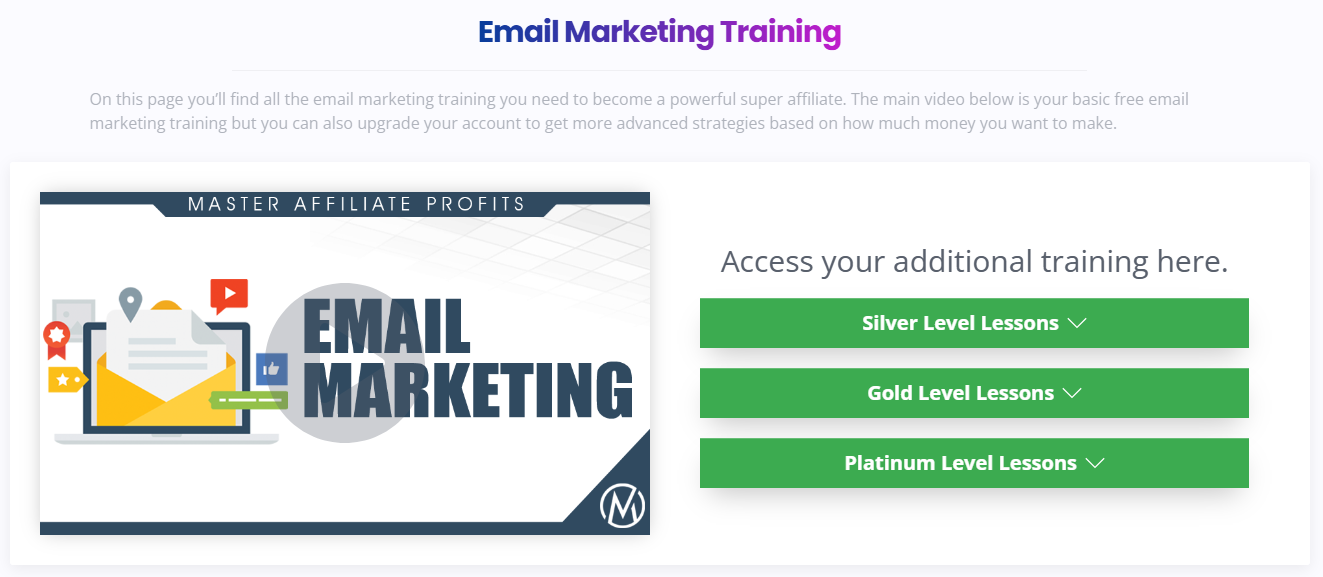Mastering the Art of Email Campaigns: Your Step-by-Step Guide
If you’re serious about email marketing, you know it’s more than just writing a single message—it’s about creating a sequence that connects with your audience and drives results. Today, we’ll break down the entire process, from structuring campaigns to crafting emails that build momentum, evoke emotion, and ultimately convert readers into customers.
Why Campaigns Matter
At its core, email marketing is about storytelling. A single email might grab attention, but a well-constructed campaign can guide your audience on a journey that keeps them engaged throughout the week.
Here’s what we’ve discovered: dedicating an entire week to promoting one product—rather than bouncing between offers—delivers far better results. By focusing on one product and building anticipation, urgency, and trust, you create an emotional connection that drives action.
The Ideal Campaign Structure
Our proven campaign structure spans seven days, starting on a Tuesday and wrapping up with a high-impact close on Sunday at midnight. Why Sunday? Testing has consistently shown it’s the best day to inspire last-minute decisions, fueled by urgency.
Here’s a breakdown of the week:
– Tuesday: Introduce the campaign and tease what’s coming. Build curiosity without spilling all the details.
– Wednesday: Reveal the product, highlight its value, and (if applicable) introduce any bonuses.
– Thursday: Overcome objections. Address common questions or hesitations to build confidence.
– Friday through Sunday (The Crush): Deliver the “Crush Campaign,” a blitz of six emails designed to amplify urgency and close the sale.
This structure isn’t just about timing—it’s about psychology. Each email serves a purpose, from building anticipation to delivering value to creating a “fear of missing out” that drives action.
Crafting Emails That Convert
Every email you send should feel personal, valuable, and easy to read. Here are some key principles we follow:
1. Keep It Concise: Short paragraphs ensure your email is easy to digest, especially on mobile.
2. Leverage Suspense: Use intriguing subject lines and preview text to spark curiosity and encourage opens.
3. Use Bullets for Clarity: Highlight key points or benefits in bite-sized bullets to make your message skimmable.
4. Build Momentum: Let each email naturally lead into the next, creating a cohesive story throughout the week.
5. Create Urgency: As the campaign progresses, increase urgency with countdown timers, time-limited bonuses, and direct calls to action.
The Secret Sauce: The Crush Campaign
The final three days are where the magic happens. Known as the Crush Campaign, these emails are shorter, punchier, and packed with emotional triggers like urgency, scarcity, and FOMO (fear of missing out).
– Friday: Kick off the urgency. Introduce countdown timers and remind readers that time is running out.
– Saturday: Deliver two emails—one in the morning to recap benefits and one in the evening to emphasize the looming deadline.
– Sunday: Close strong with three emails. Start the day by reminding them it’s their last chance, follow up mid-afternoon to reinforce urgency, and send a brief, one-line “Hail Mary” email in the final hours.
Final Thoughts
Successful email marketing isn’t about flashy designs or long-winded sales pitches. It’s about understanding your audience, respecting their time, and guiding them toward the action you want them to take.
By using this structured, strategic approach to campaigns, you’ll not only boost your conversions but also build trust with your audience—setting the stage for long-term success.
Ready to Elevate Your Email Marketing Game?
This approach has worked wonders for us and countless others, but we’ve only scratched the surface here. If you want to master the art of email marketing and build campaigns that consistently convert, you can’t miss MAP!
